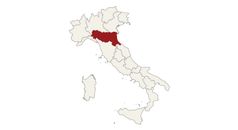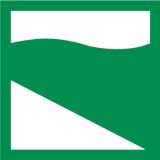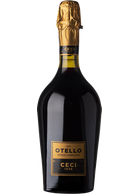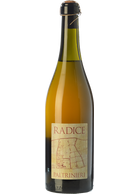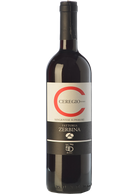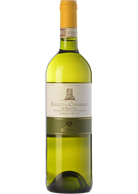Wine from Emilia-Romagna
An Italian region that has made gastronomy and hospitality a real trademark from Parma Ham to tortellini, Emilia-Romagna represents the splendid coexistence of two souls, the Emilia-Romagna one and the Romagna one, in a united and sunny group. Including two wine-making souls, as, on a general level, Emilia makes sparkling wines and Romagna still ones. As for the soils, the vineyards are grown on alluvial plains in the lowlands, on sandstone pebbles in the low hills, on marl and clay in the high hills. The climate, predominantly continental, is nevertheless well ventilated on the hills and slopes towards the Mediterranean in Romagna.
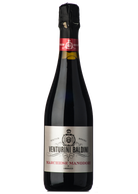

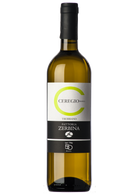



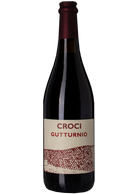
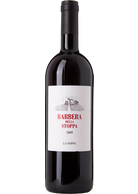
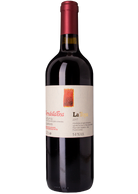
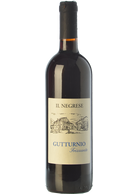

Medici Ermete Grasparossa Dolce Bocciolo 2022
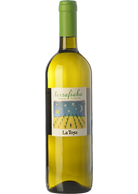
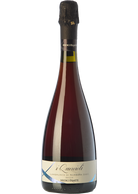
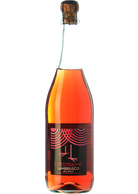

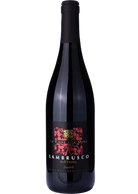
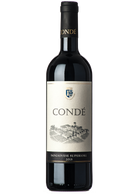
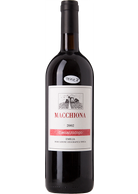
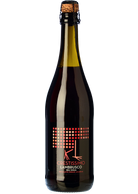


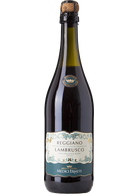

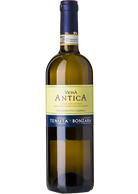
Tenuta Bonzara Pignoletto Vigna Antica 2019

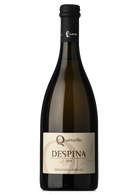
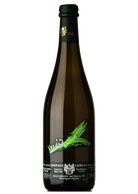
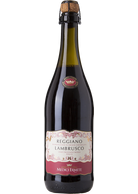
Emilia-Romagna
An Italian region that has made gastronomy and hospitality a real trademark from Parma Ham to tortellini, Emilia-Romagna represents the splendid coexistence of two souls, the Emilia-Romagna one and the Romagna one, in a united and sunny group. Including two wine-making souls, as, on a general level, Emilia makes sparkling wines and Romagna still ones. As for the soils, the vineyards are grown on alluvial plains in the lowlands, on sandstone pebbles in the low hills, on marl and clay in the high hills. The climate, predominantly continental, is nevertheless well ventilated on the hills and slopes towards the Mediterranean in Romagna.
In the Piacenza area the wines are similar to those of the neighbouring Oltrepò Pavese, even if the vines are partially different. The most famous red of the Colli Piacentini DOC is Gutturnio, still or sparkling, sometimes in reserve, however from Barbera and Croatina grapes. It sometimes expresses a longing for ageing, with spicy and toasted notes that, together with its more articulated structure, indicate refinement in wood. The most representative white grape is Ortrugo, which gives a simple and fragrant, almost always sparkling wine. Even more typical is the Malvasia di Candia aromatica, a grape that can be appreciated in single variety or, still sparkling, in a blend with Ortrugo for a pleasant burst of brio and aromaticity: this is the case of Monterosso Val d'Arda and Trebbianino Val Trebbia. Towards the hills of Piacenza, on soils rich in skeleton, the production of Vin Santo di Vigoleno is also interesting, very oxidative, from santa maria and melara grapes.
The province of Piacenza is also one of the most important Italian hubs for the production of natural wines. These are reds from Barbera grapes, whites from local grapes or sweet passiti generally from Malvasia di Candia aromatica, and not infrequently from sparkling wines produced with the ancestral method.
The provinces of Modena and Reggio Emilia, known for Parmigiano Reggiano and Traditional Balsamic Vinegar, are also the motherland of Lambrusco. Or, better still, Lambruscos, because this sparkling, lively and fun red wine actually expresses at least seven different varieties. The most important, which in the Modenese area make up three independent DOCs, are Lambrusco salamino di Santa Croce, light, simple and fruity, generally rosé and typical of the plains, Lambrusco di Sorbara, from the low hills, floral, rosy and with a beautiful ruby red colour, although purple, and Lambrusco grasparossa di Castelvetro, typical of the highlands, deeper, more structured, intense and complex. Lambrusco can be vinified sparkling or spumante, however in the Charmat method (rarely in the classic or ancestral method), dry or slightly sweet, red or rosé. In the Reggio Emilia area, unlike in the Modena area, traditionally a single Lambrusco is produced from the blend of the varieties that historically distinguishes the other province.
The rural area of Bologna presents a different ampelographic panorama. The Colli Bolognesi DOC, on soils already more suited to red wines, lends itself very well to the production of international wines such as cabernet sauvignon, pleasantly herbaceous and crunchy. The most representative grape of the area is white, however, and is the pignoletto, protected by the Colli Bolognesi Classico Pignoletto DOCG. Once considered good only for semi-sparkling wines for meals, today pignoletto has been revalued as a wine for aging on yeasts, able to express a deep minerality, a valuable structure and a good longevity, even sparkling.
The Adriatic coast of Romagna is mainly sandy and, just south of the Po Delta, offers the most famous and appreciated Italian vin de sable. Wines which are often lively, with little structure and excellent drinkability, perfect to match the typical dish of the area, eel. Fortana is typical here, a red grape that gives acidulous, brackish, tense, fruity wines, protected in particular by the Bosco Eliceo DOC, the location of some ungrafted vines.
The soils of the best Romagna, however, are located along the axis between Bologna, Forlì and Cesena, towards the hills of the hinterland, which follow the Apennines drawing a calcareous-clayey terroir perfect for great red wines. And in fact, the most important grape variety of Romagna DOC is the Sangiovese, pleasant even when young, but, in some crus like Predappio, makes you forget the older Tuscan brothers for its complexity, depth and longevity. Actually, the generally less aggressive tannins and the fully integrated minerality make Sangiovese Romagnolo equally suitable for ageing, so much so that the reserves of this wine receive constant international recognition.
Good ventilation, beautiful daily temperature differences, low morning humidity and splendid afternoon exposures make Romagna one of the most suitable areas in Italy for the production of noble botrytis wines. In this case, the great grape variety is Albana, known since the early Middle Ages as an excellence of the territory and today protected by the Romagna Albana DOCG. Fresh, intense and structured, albana is also vinified as an excellent dry white wine and as a pleasant sparkling wine, but, from grapes attacked by botrytis cinerea, an exceptional nectar emerges for its complexity and persistence, which, in the best vintages, retains an acidity and spice that recall the myth of Tokaji like few other wines in the world. Simple wines in Romagna? There is no lack of them: there is Pagadebit, a bombino white wine, that is, Trebbiano, very productive (hence the name), simple and delicate, and Cagnina, a terrano that gives a lively, light vinous red wine.
